Energy Quiz - By Holly Szasz

What is a system?
An object or group of objects
Something routine
An orderly fashion
A system like thing

Which one of these is NOT an example of change in the way energy is stored in a system?
Putting a hot plate on a table therefore heating a plate up
Somebody switching a radiator on therefore heating the room up
Cooking something therefore everything heating up
Playing on a computer
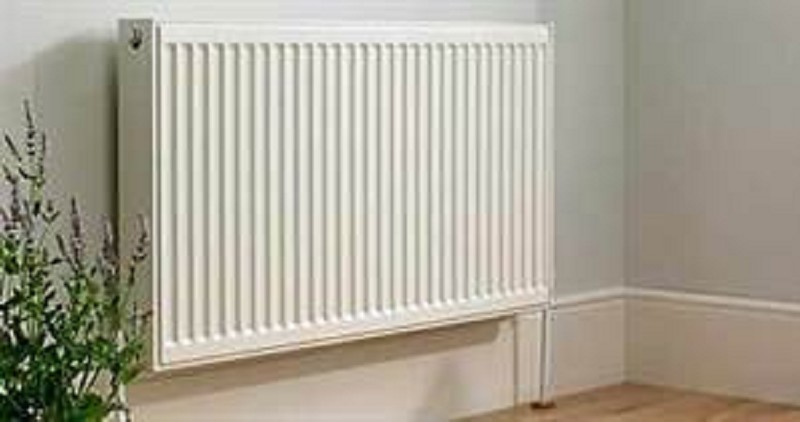
What are the three different ways that thermal energy can be transferred in a system?
Waves, transferral and passing along
Convection, conduction and radiation.
Transferral, conduction and partical chains
Sound, Heat and Light

How much Kinetic Energy does a person of mass 60 kg running at 3m/s have if Ek=1/2mv²?
1/2x60x3² = 270 W
60x3² = 540
1/2x60x3² = 270 J
1/2x3x60² = 5400
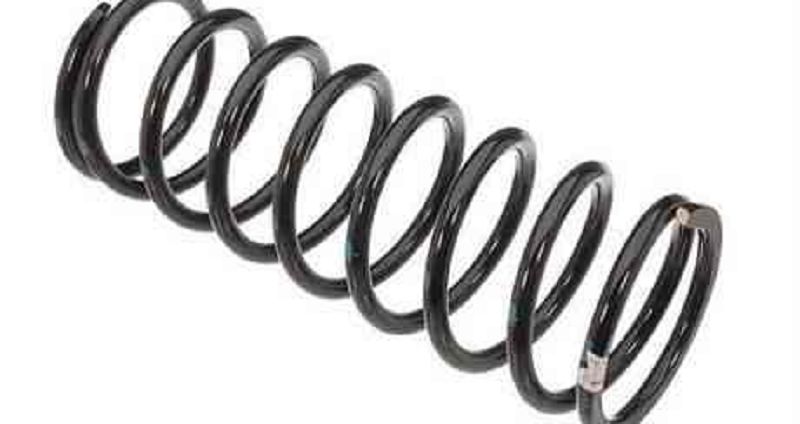
What is the Elastic Potential stored in a spring that is stretched 2m and the constant is 6 n/m and Ee=1/2ke2?
6x2²= 24
½x2x6²= 36 J
½x2x6²= 12 W
½x6x2²= 12 J

How much gravitational potential does a book with a mass of 0.5 kg lifted 1.5m onto a book shelf (assuming gravitational potential is normal and rounded to the nearest whole number)?
Gravity to the nearest whole = 9, 0.5x1.5x9= 6.25
Gravity to the nearest whole = 10, 0.5x1.5x10= 7.5 J
Gravity to the nearest whole = 9, 9/0.5x1.5= 12
Gravity to the nearest whole = 10, 10/0.5x1.5= 13.333

What is the change in energy of 1l of water going from 2c to 6c if water has a specific heat capacity of 4181 J/kg?
1x4181x4=16724 J
4181/4x1=1045.25 J
4181x1=4181 J
The mass of the object is unknown therefore no answer can be calculated

What does ‘specific heat capacity’ mean?
The amount of heat something can hold
How hot a fire can get
The amount of heat required to change the state of something
The heat required to raise the temperature of the unit mass of a given substance by a given amount (usually one degree)
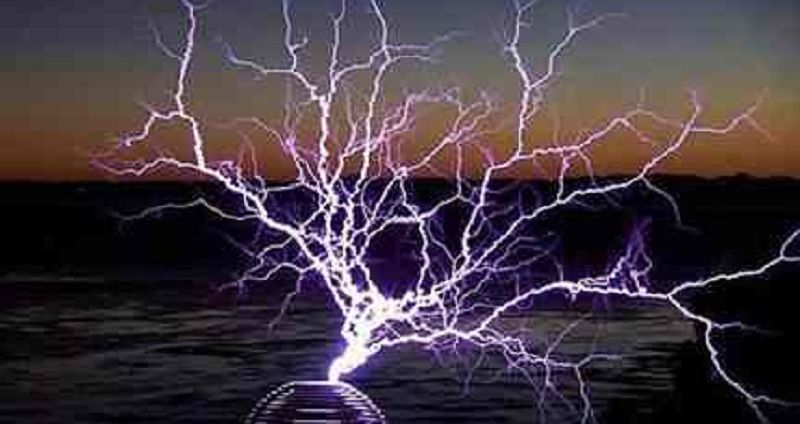
What is power (in relation to science)?
What superheros have
The ability to do something well
The rate at which energy is transferred or the rate which work is done.
The amount of energy that something has

What are the two equations for power?
E=P/t and P=E/t
P=E/t and P=W/t
P=Wxt and P=Ext
There is only one which is P=Wxt

What is a watt? (What?)
A watt is an energy transfer of 1 joule per second.
What?
A watt is a measurement of energy
A watt is A small bug
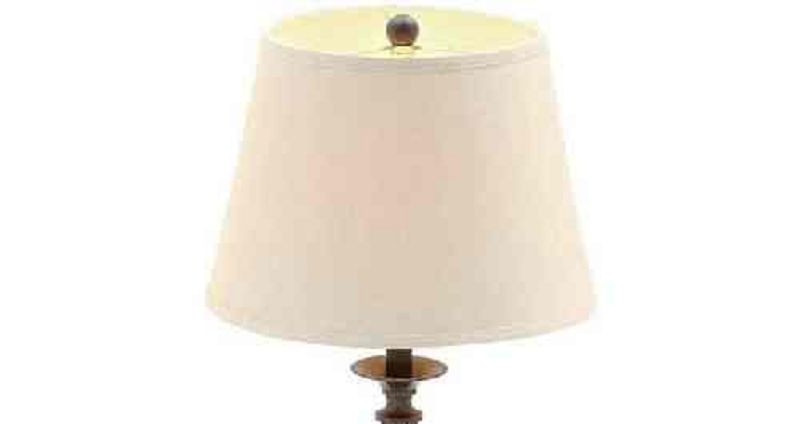
How much power does a lamp need if it transforms 1000 J in 10 s ?
1000/10 = 100 W
1000/10 = 100 J
1000x10 = 10000 W
1000x10 = 10000 J
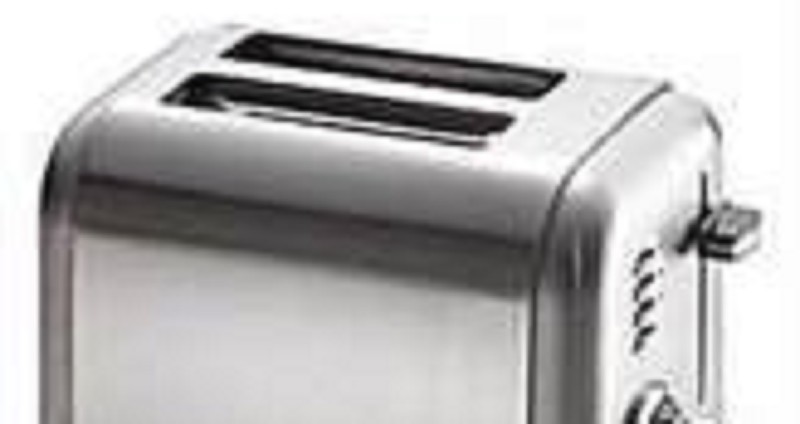
How much power does a Toaster need if it has done 10 J of work over 20 s ?
10/20 = 0.5 J
20/10 = 2 J
10x20 = 200 J
10/20 = 0.5 W
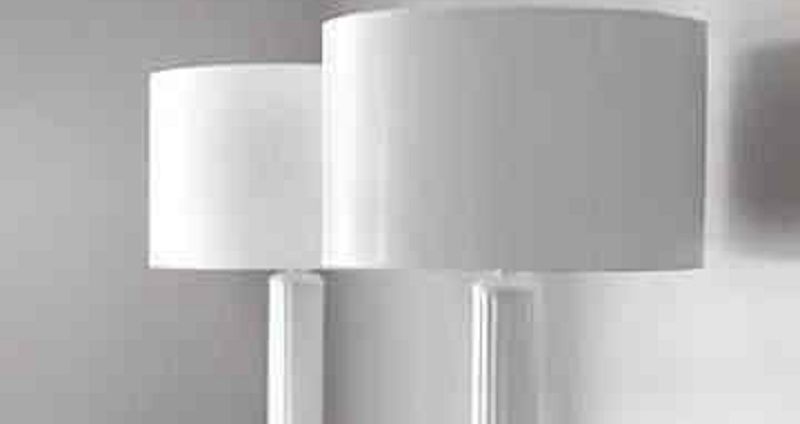
Two lamps give of 10J of light energy but the first over 20 seconds and the other over 40, what can be said about the power output?
The have the same power output because they both produce 10J of energy.
The first lamp has a higher power outage because 10/20 is bigger than 10/40.
The second one is more efficient.
Nothing can be said, more information is needed.

Which one is always true about any energy type?
It travels at the speed of light
It contains big particles and little particles which send messages to each other
It is always hot
It cannot be created or destroyed only transferred (or stored or dissipated).
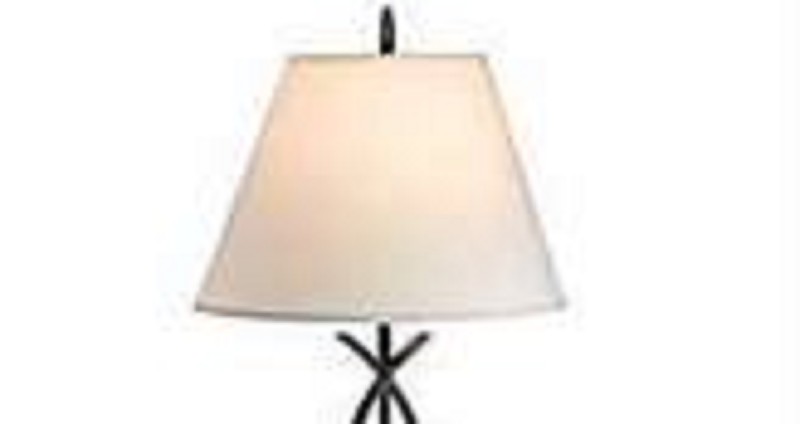
If a lamp that is NOT 100% efficient gives off energy, what can be said about it?
All of it's energy is useful
Some energy is usefully transferred as heat and the rest is wasted.
Some energy is usefully transferred as light and the rest is wasted.
More information is needed

What is the relationship between thermal conductivity and thermal energy transferred?
The lower the thermal conductivity the more thermal energy gets transferred.
The higher the thermal conductivity the more thermal energy gets transferred.
The lower the thermal conductivity the less light energy gets transferred.
There is no relationship, it varies continuously

How does the thickness and thermal conductivity of the walls effect the cooling rate of a building?
When the walls are thicker then the inside temperature takes longer to equalise with the outside temperature and it’s the same when the conductivity is lower.
When the walls are thinner then the inside temperature takes longer to equalise with the outside temperature and it’s the same when the conductivity is lower.
When the walls are thicker then the inside temperature takes less time to equalise with the outside temperature and it’s the same when the conductivity is lower.
There is no one effect, it varies continuously
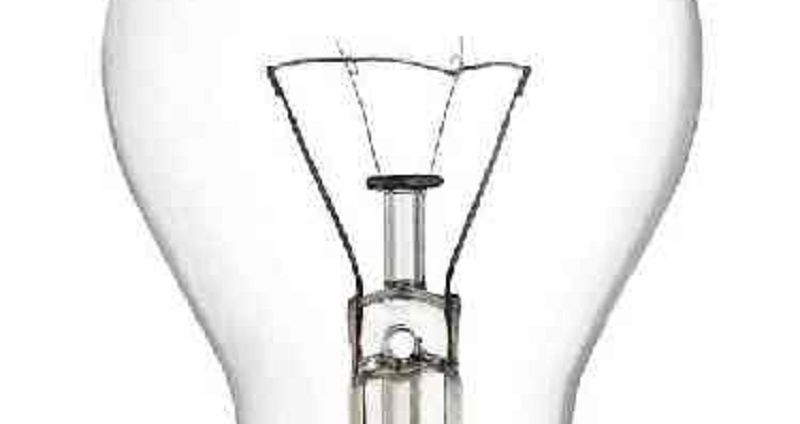
What is the efficiency of a light bulb which produced 20 J of light and 30J of heat energy?
30/30+20 x100 = 60%
20/20+30 x100 = 40%
20/20+30 x100 = 20%
30/30+20 x100 = 60 J
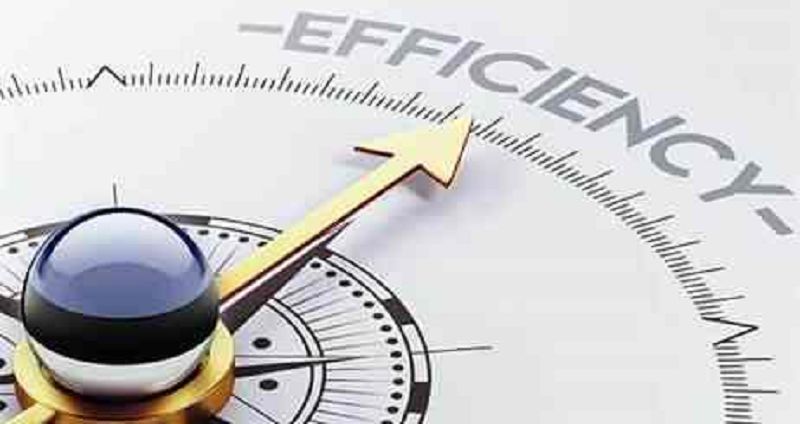
Which one of these increases efficiency?
Using a silver bin instead if a black bin
Using electrical insulators for light bulbs
Choosing a better light for a fridge
Choosing a better thermal conductor for a frying pan.
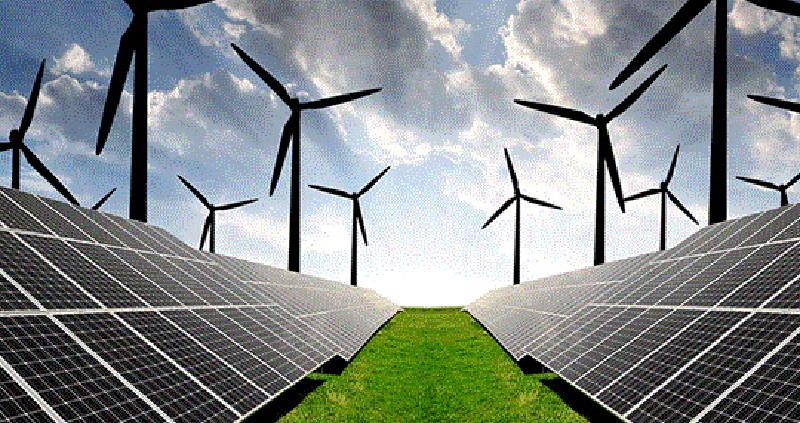
Select all the renewable energy resources
Sunlight
Wind
Running
Rain
Electricity
Nuclear
Geothermal
Waves
Tide
Wind up Torch
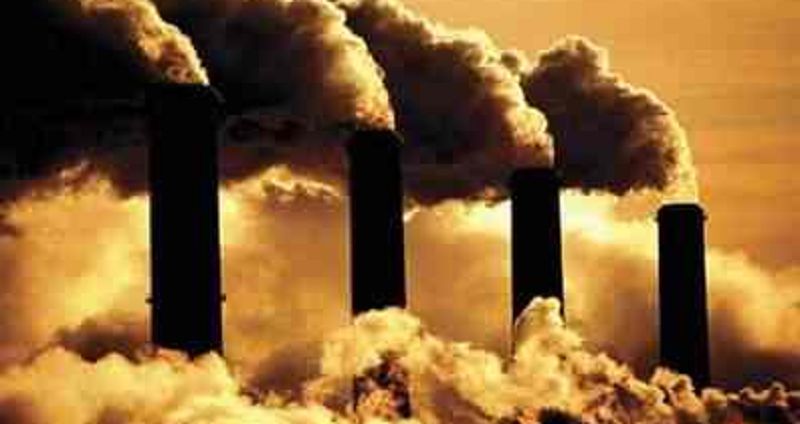
Select all the non-renewable energy resources
Coal
Oven
Wind
Natural Gas
Nuclear
Waves
Oil
Running
Squirrel Power
Electricity
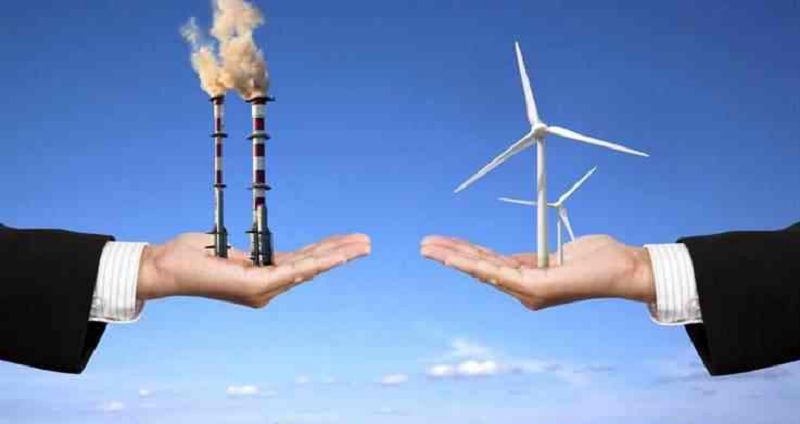
Why are fossil fuels more reliable than wind energy?
Fossil fuels are reliable and wind is less reliable
If you have a fossil fuel it might have trouble burning and not produce fuel but there is wind and you can predict it and therefore you can always get energy.
If you have a fossil fuel it will work and produce fuel but sometimes there is no wind and you can’t predict it exactly and therefore you can’t get energy sometimes.
You can use bananas as fossil fuels
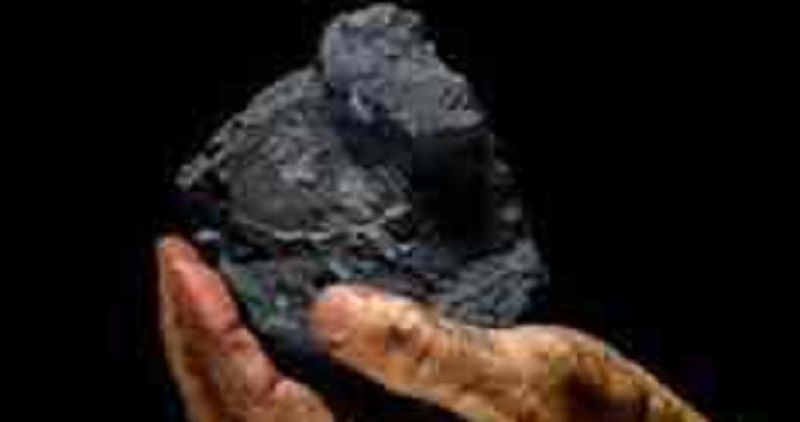
Why do we use fossil fuels instead of renewable energy sources?
It is because fossil fuels contain more energy and are more reliable.
We have too much fossil fuel which we need to use
Fossil fuel is better for the environment
We don't, we use wind energy

Why would some people prefer to use solar power over wind power?
Solar power is more renewable than wind
Solar power is more widely approved than wind
Wind power has loads more negative effects than solar
Some people consider wind turbines to be ugly and can harm nearby birds and solar power only requires harmless panels usually only taking up roof space on house.
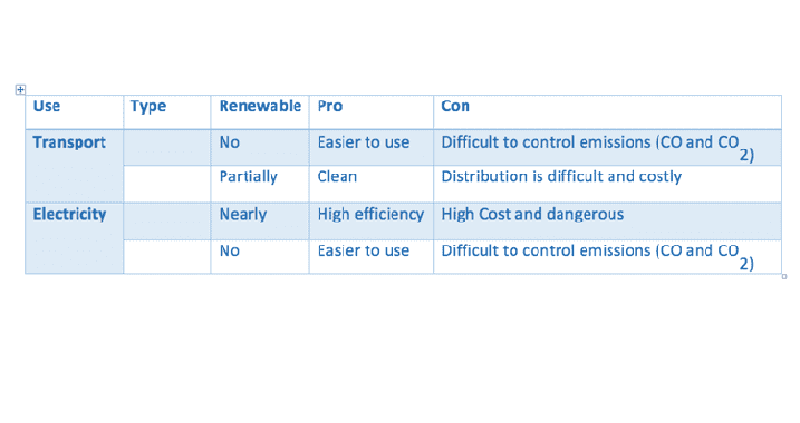
Fill in the blanks in the right order (one is repeated)
Nuclear, Fossil, Nuclear, Wave
Electric, Fossil, Oil, Electric
Fossil Fuel, Electric, Nuclear, Fossil
Nuclear, Fossil, Wind Up Torch, Nuclear

Select all the forms of energy
Magnetic
Kinetic
Waves
Thermal
Transportation
Light
Chemical
Gravitational Potential
Sound
Electrical
Elastic Potential
Charge Potential
Sun
Nuclear
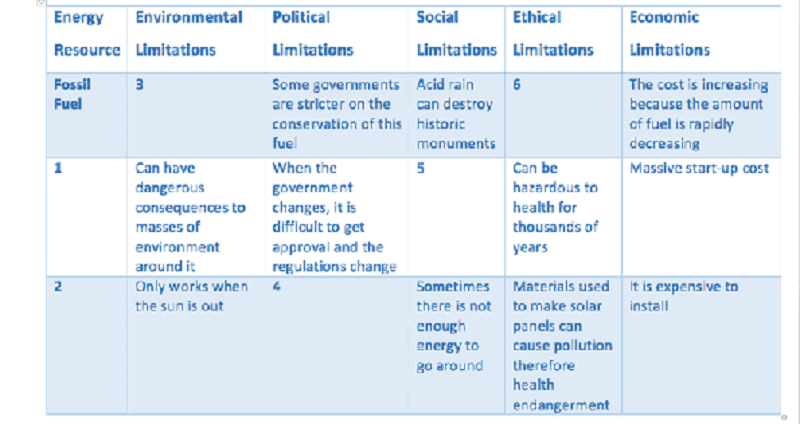
Select Number One
Nuclear
Solar
Produces lots of CO and CO2 emissions
None
People don’t want to live near the plant or have waste near them
Can affect health by pollution
None
Nuclear
Solar
Produces lots of CO and CO2 emissions
People don’t want to live near the plant or have waste near them
Can affect health by pollution
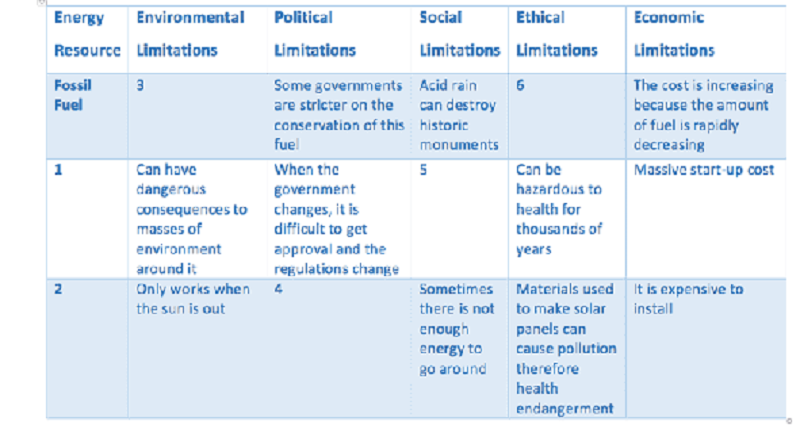
Select Number Two
Produces lots of CO and CO2 emissions
People don’t want to live near the plant or have waste near them
Nuclear
Solar
Can affect health by pollution
None
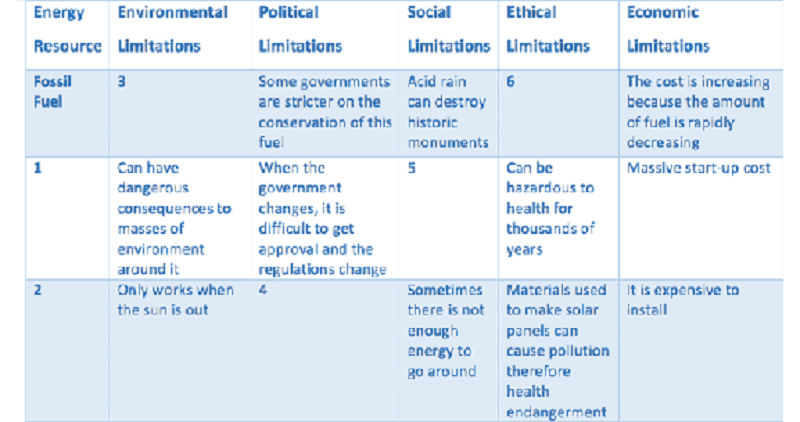
Select Number Three
Can affect health by pollution
Solar
Nuclear
People don’t want to live near the plant or have waste near them
Produces lots of CO and CO2 emissions
None
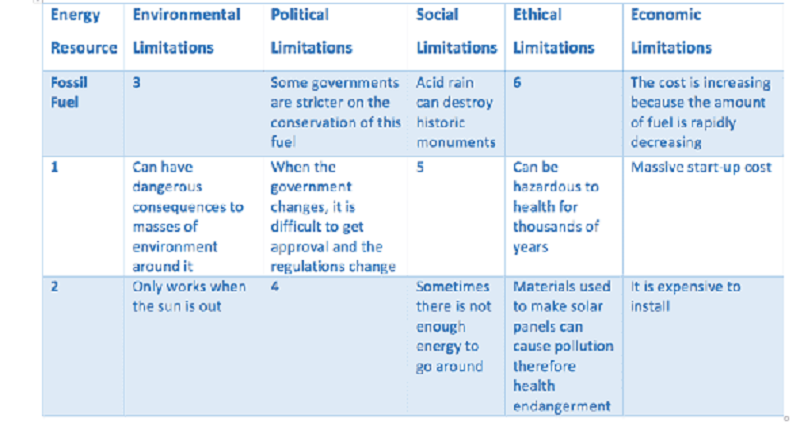
Select Number Four
Solar
Can affect health by pollution
Nuclear
People don’t want to live near the plant or have waste near them
Produces lots of CO and CO2 emissions
None

Select Number Five
Produces lots of CO and CO2 emissions
Solar
None
Nuclear
People don’t want to live near the plant or have waste near them
Can affect health by pollution
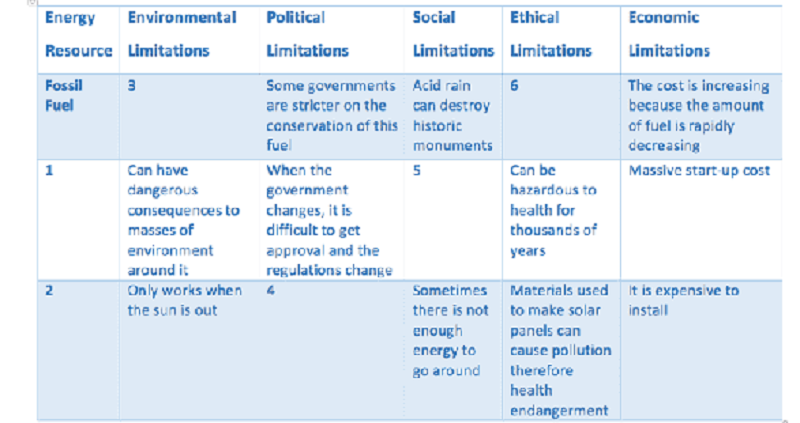
Select Number Six
None
Can affect health by pollution
People don’t want to live near the plant or have waste near them
Produces lots of CO and CO2 emissions
Solar
Nuclear
{"name":"Energy Quiz - By Holly Szasz", "url":"https://www.quiz-maker.com/QPREVIEW","txt":"What is a system?, Which one of these is NOT an example of change in the way energy is stored in a system?, What are the three different ways that thermal energy can be transferred in a system?","img":"https://cdn.poll-maker.com/16-680449/source-api.png?sz=1200-00000021251000005300"}
More Quizzes
DIFFERENTIAL CALCULUS (DIFFERENTIATION) BEGINNERS
1050
���บบทดสอบความรู้เกี่ยวกับกรมสรรพากร ชุดที่ 8
520
Sexual Alignment Chart
520
Which Age of Sigmar faction should you play? - Lore and Narrative edition
840
Free Civil Rights Knowledge
201025822
Free Capacity to Love Test: Are You Capable of True Love?
201024134
Can You Ace Discrete vs Continuous Statistics? Free!
201035121
Climate Analysis, Variability, and Prediction
15823942
Think You Know Puerto Rican Street Slang? Prove It!
201030282
Does My Cat Need a Friend? Quick Personality
201023389
Test Your Skills: Cask of Amontillado Vocabulary
201022216
Ultimate Fashion Trivia - Test Your Style IQ
201025822